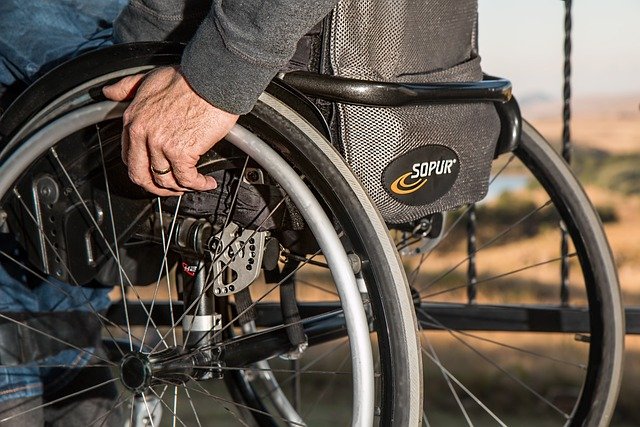The Renaissance of Walkability: A Fresh Lens on Urban Exploration
Every city tells a story, a narrative woven through the fabric of its buildings, streets, and people. As modern travel evolves, one trend is making a comeback, offering a fresh perspective on urban exploration: walkability. While seemingly simple, this concept is transforming the way we experience cities and shaping the future of urban travel.
The Roots of Walkability and Its Modern Revival
The concept of walkability is as old as cities themselves. In ancient times, cities were designed for pedestrians, with close-knit buildings, narrow streets, and central markets. However, the 20th century saw the rise of automobiles and sprawling suburbs, pushing walkability to the sidelines.
Today, walkability is making a comeback. As urban planners and architects focus on creating sustainable, livable cities, the emphasis on pedestrian-friendly design has grown. This revival is not just a nod to nostalgia; it’s a response to modern challenges like climate change and urban congestion.
The Allure of Walkable Cities: Current Trends and Insights
Walkable cities offer a different travel experience. They allow visitors to engage with the city’s culture, history, and people at a slower pace. Rather than zipping from one tourist hotspot to another, travelers can soak in the local ambience, discover hidden gems, and create more authentic memories.
This shift towards walkable travel aligns with the growing desire for experiential, immersive tourism. It also resonates with the wellness trend, as walking is not just eco-friendly, but also beneficial for physical and mental health.
The Impact of Walkability on Travelers and Cities
Walkability offers myriad benefits, both for travelers and the cities they visit. For travelers, it enriches the journey, offering a deeper, more connected experience. It allows for spontaneity and serendipity, two elements often lacking in highly scheduled, traditional tourist itineraries.
For cities, promoting walkability can boost local businesses, reduce traffic congestion, and enhance the quality of life for residents. However, there are challenges to consider, such as ensuring accessibility for all and maintaining a balance between tourism and residents’ needs.
The Walkability Revolution: Research-Backed Recommendations
Recent research supports the benefits of walkability. According to a study by the University of California, walkable neighborhoods show lower rates of obesity and diabetes. Another study by the Brookings Institution found that walkability can increase property values in cities.
To leverage these benefits, cities and travelers alike can take specific steps. For cities, this could mean investing in pedestrian-friendly infrastructure, adopting zoning laws that encourage mixed-use development, and preserving historical neighborhoods. For travelers, it’s about choosing to explore on foot when possible and embracing the unexpected discoveries that come with it.
On Your Feet: Insights for the Pedestrian Traveler
- Many cities worldwide are renowned for their walkability, including Copenhagen, Melbourne, and Kyoto. Consider these destinations for your next urban adventure.
- When planning a walking tour, remember to factor in rest stops at local cafes or parks.
- Equip yourself with comfortable shoes, a refillable water bottle, and a good map. While digital maps are handy, a traditional paper map allows for a broader view and doesn’t rely on battery life.
- Engage with locals. They often know the best routes and hidden spots that aren’t on tourist brochures.
In conclusion, the renaissance of walkability offers a refreshing take on urban travel. By embracing this trend, we can rediscover the joy of exploration, connect with cities on a deeper level, and contribute to more sustainable, livable urban environments. As we step into the future of travel, perhaps the best way forward is to take a walk.





